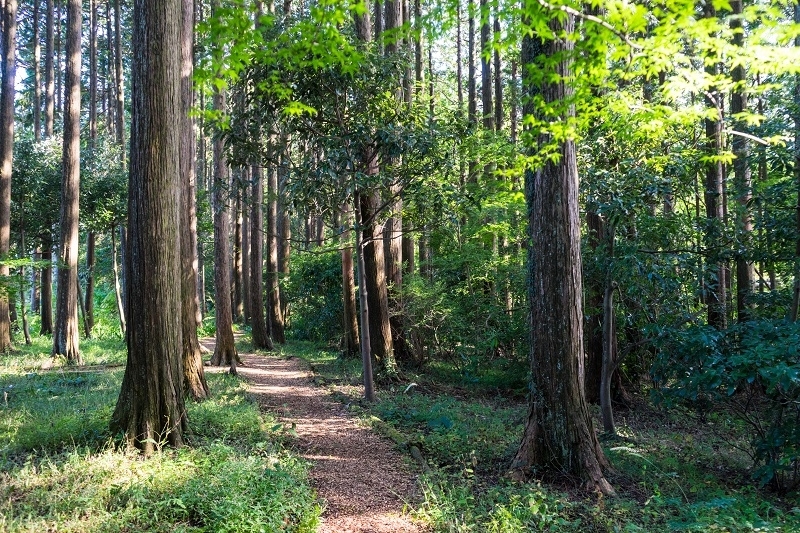How Japan’s Hinoki Trees Are Changing Meteorology as We Know It
Published: 01/08/22 By: Mike Bekin
Our trees and forests have a direct impact on our weather. By sucking up water in their roots and turning it into vapour, they help to create cloud formations and bring us regular rain. Amazing! But did you know that forests could also be the key to learning more about meteorology? In particular we are talking about Japan’s Hinoki Trees, which could change how we perceive weather forever.
Hinoki Trees Can Show Us the Past
In a laboratory in Northern Kyoto, Japan, a scientist named Takeshi Nakatsuka has made an incredible discovery: we can track rainfall from thousands of years ago through the rings of Hinoki Trees. Along with 68 collaborators, Nakatsuka has spent ten years perfecting a method of using the trees to unlock secrets of the past. Now they can track precipitation over Japan for 2,600 years.
Interestingly, they discovered that around every 400 years or so, Japan would have a period of extreme wetness. There would be a period of heavy rainfall, causing flooding and famine, followed by years of warmer, dry weather which is needed for rice cultivation.
How Does It Work?
Nakatsuka and his team have been working with isotope ratios to calculate precipitation. They use the Hinoki – a cypress which can live for thousands of years – to examine the isotope ratios within the wood of trees of different ages. By cleverly comparing the rings in the wood, Nakatsuka can start to piece together the weather conditions as the tree was growing.
On drier days, for example, Nakatsuka knows that the leaves of a tree lose more water, and so the tree has a higher isotope ratio in the wood. These isotope ratios can then be matched across trees. By doing this, a timeline of weather from 600 BC to 2000 AD has been created.
The Secrets Unlocked About Japanese Society
What is even more amazing is how Nakatsuka and his team have managed to match their findings to historical events. The weather, it seems, played a large part in the development of Japan and the lives of its people, giving us a key insight into how people thought and lived at the time.
During times of little rainfall, irrigation systems and groundwater tech were developed. These systems were designed to reduce the effects of drought. There were also policies brought in by the government to prevent their people from starving. These leaps forward in Japan’s society were thought to be in line with social change at the time, though now we know that was not the case – they were all to do with the weather!
Rice, the chief currency at the time, would also be affected by the weather. Japan’s very economy could shift and alter depending on rainfall, plunging some into poverty and lifting others into great wealth.
What Should We Learn From This?
In the coming decades, it is incredibly likely that we will face more extreme weather – similar to the flooding and droughts experienced by the Japanese. By studying how their societies changed during variable rainfall, we can learn more about how humans cope in these extremes. Secrets of how weather could affect our economy and our livelihoods are uncovered and, though worrying, they could help us prepare for the future.
Learn More About The World’s Trees With EcoChoice
At EcoChoice, we are timber experts and love to delve into interesting aspects of the industry – just like this! If you would like to learn more about the forests of the world, the incredible species of timber out there, and how you can use it in construction, be sure to read more on our blog. Or take a look at our wide range of sustainable timber species to learn more about the trees of our world.
Image: T.Kai / Shutterstock.com
